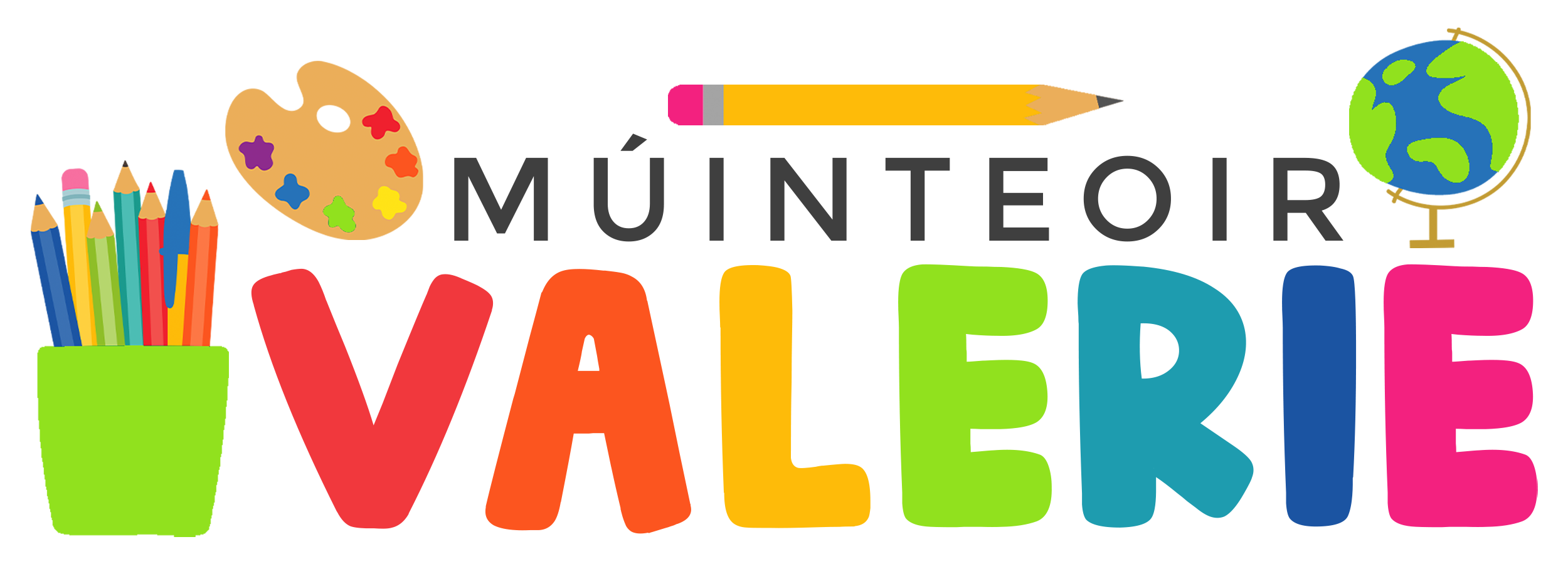The First Month in an ASD Class
September is a very busy and hectic month, newly qualified teachers- prepare yourselves! I am six years teaching now and I am always surprised every September by how full on it is! September , December and June are the tough months, the rest are fine!
Although it is so hectic, September has always been my favourite month of the year, ever since I was a child. I just love back to school time, buying back to school stationery and clothes, setting up new folders and resources, it is my favourite thing! I know, I need to get a life!
I am writing this post in response to starting in September in an ASD class, though it applies to any class really.
- Get to know your class. Read all the assessments and files as soon as you possibly can, but don’t just go by the files either. Getting to know the children themselves is so important, more important than reading any file. Do this by observing constantly, you will become an expert at observing and note taking! It may take a while, but once you know each child, their likes and interests, life will become much easier.
2. I don’t like to advise people to work during the summer or anything of the sort, but in my own experience only, it helps to have resources made and ready to go before the children get in. When the children are in the class you will not get a split second , so having all of this ready before they arrive really is essential.
3. I would suggest having your visual timetable ready, all classroom objects and areas labelled with both pictures and words, have your PECS ready if using them, have first and then boards for each child, and choice boards too. .
4. Have your resources organised. Last year all my resources were in a communal area for all children to use and share. This year I will have a separate task box for each child. Each box will contain play dough, threading beads, a jigsaw, pen and paper, and a sensory/fidget toy. The children will work on these tasks in the morning when they arrive, after 15 minutes of play time.
Try have a selection of turn taking games too, such as Pop up pirate. If children in your class are attending SLT sessions then link in with the SLT, they will be an invaluable source of information to you. I acually have two guest posts on my blog from two wonderful speech therapists which may be of help to you. I also have a guest post by an occupational therapist which is well worth a read!
Orchard Games are excellent too for building language skills, I have loads of them gathered now! They often come into Aldi so keep an eye out!
5. It will take you some time to get to know each child’s capabilities, so don’t print or have too many resources or workbooks etc. It may take you a few weeks to figure out where each child is at exactly. In the mean time you will be doing a lot of SPHE, settling the children back in to school after so long off, familiarising them with the classroom, the routine, different activities etc. This is so essential, spend lots of time on drilling routine in September for an easier year!
6. Have a chat with your SNAS about how the classroom will run, what each persons responsibilities are etc.
7. Start your informal assessments from day one. Again this may be just teacher observation at the start, but it is so so valuable.
8. Have clear areas in your classroom to help the children have security and stability. Have a clear work area for table top work, a library area, chill out area, sand/water area, and a fine motor skills table. Try not to have too many displays! Only absolutely essential displays should be on the wall.
9. Have a routine and do not deviate from it!
10. Arrange meetings with parents as early as possible for more information and to help form your IEP plans.
